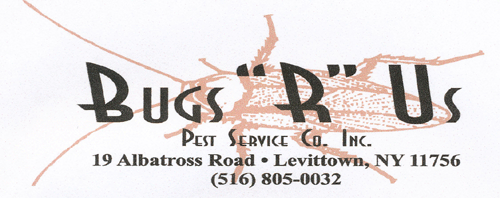Avg size: >1 millimeter to 1 centimeter based on age and last feeding.
Color: Color varies by species, generally reddish, brown or black.
Physical Description: Ticks are tiny arachnids with a large bottom area consisting of their legs, digestive tract and reproductive organs and a small head with mouthparts used for extracting blood. Ticks also have eight legs; typical of all arachnids.
It is possible for ticks to infect humans with more than one pathogen at any given time. These pathogens cause such diseases as Lyme disease, spotted fever, hemorrhagic fever and meningoencephalitis. Tick bites may also produce severe allergic reactions in certain individuals.
Signs of an Infestation
Unfortunately the presence of ticks is usually noticed by seeing the ticks themselves, or by noticing symptoms of disease after the tick bites. It is best to consult a medical professional when confronted with possible tick bites.
Removal
If a tick has already attached itself to the skin, the easiest method of removal is using a pair of tweezers to extract it. This needs to be done carefully, as crushing the tick may leave behind the mouthparts and other fluids. Baits and dusts can be used to limit tick populations but are often hazardous to humans and animals as well. There are a variety of products available to prevent ticks from attaching to your pets and keep them from entering your home.

